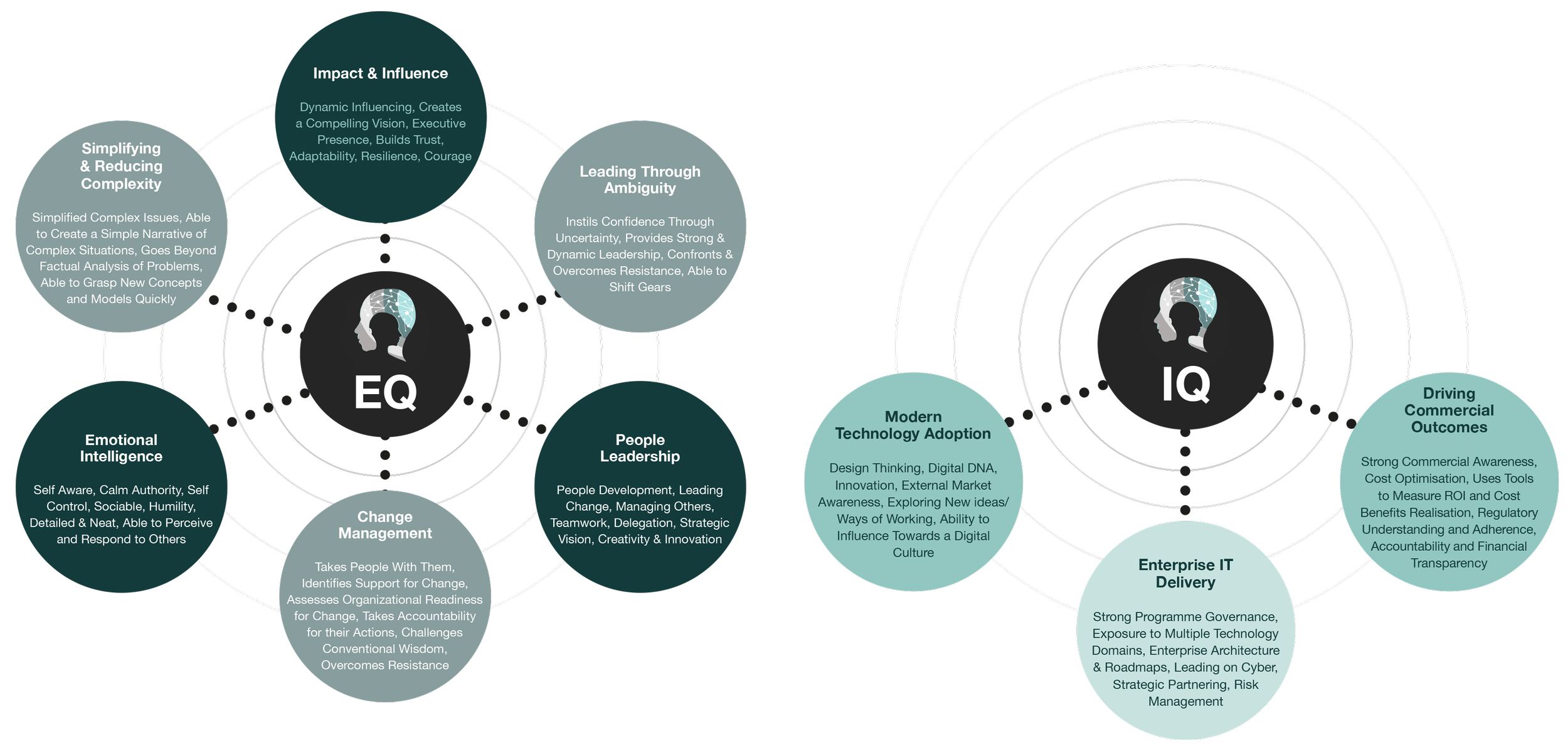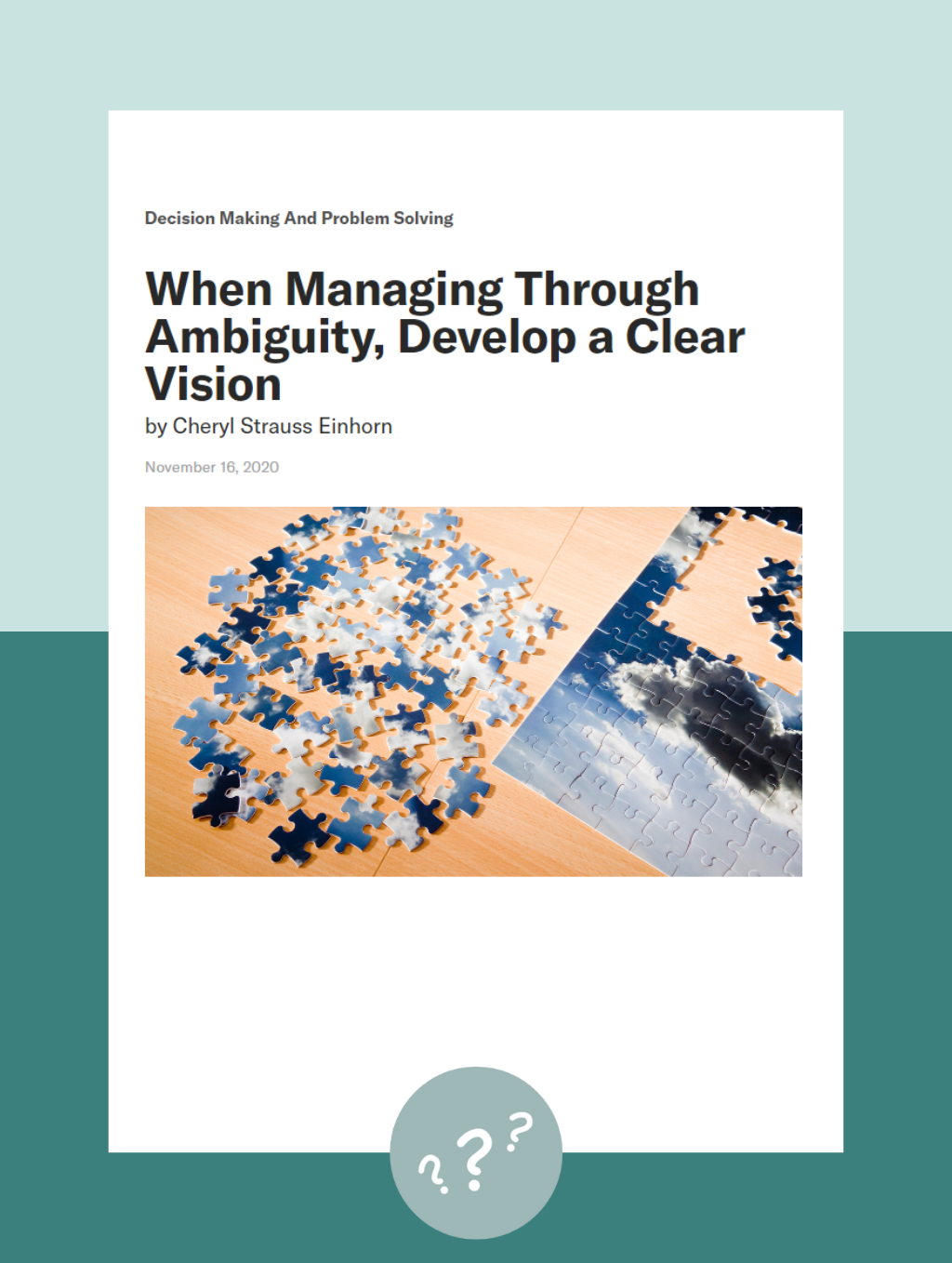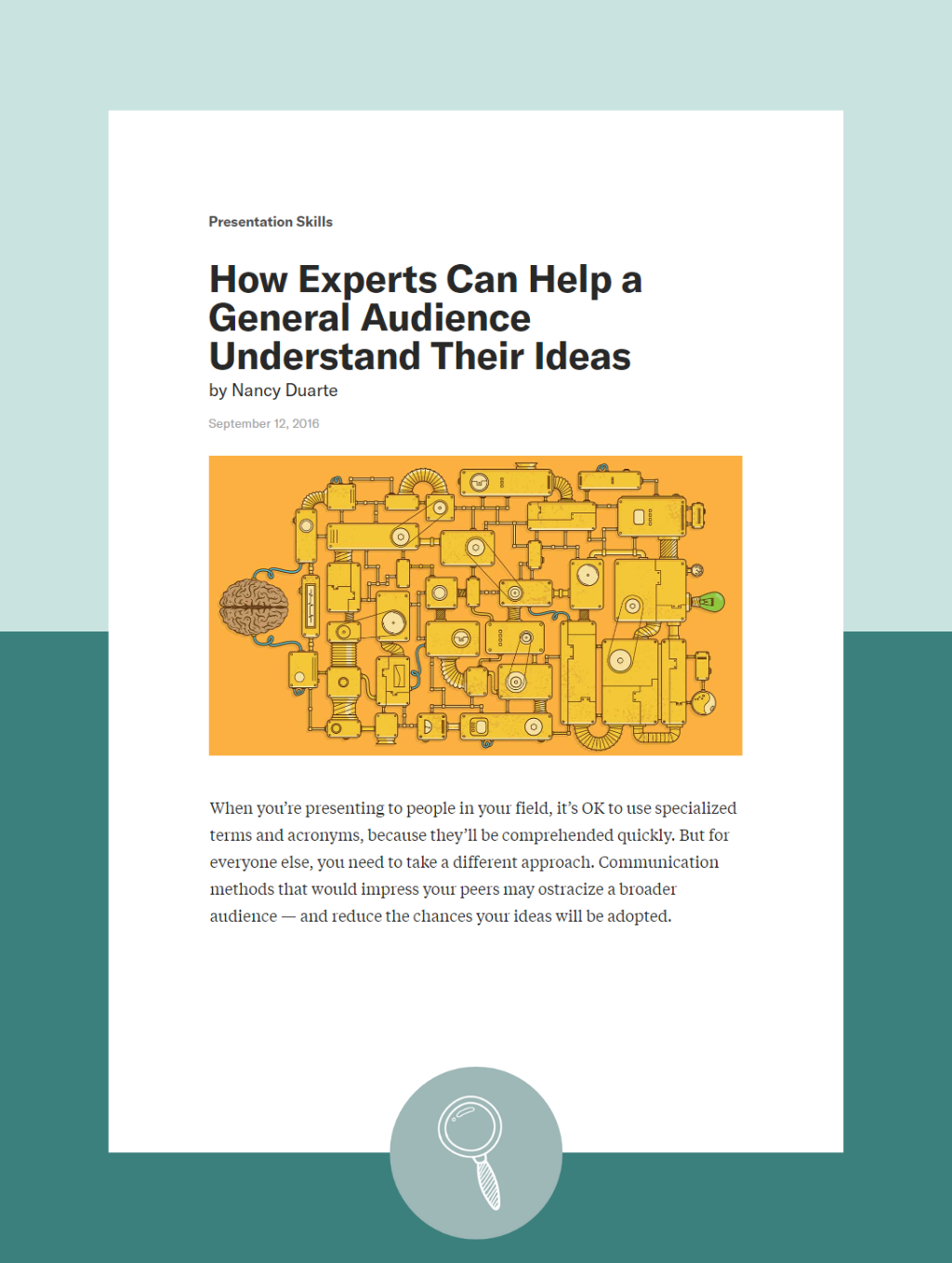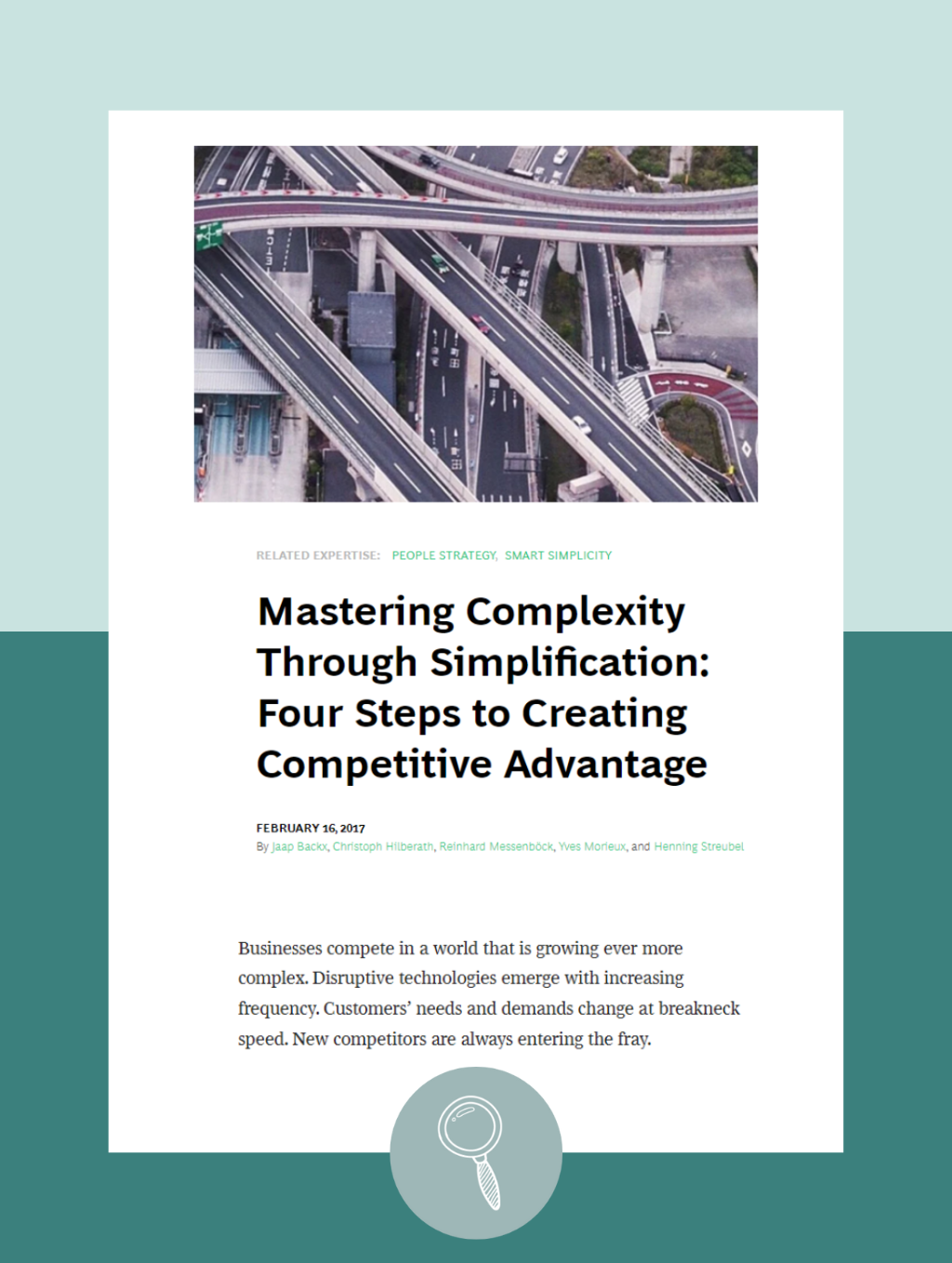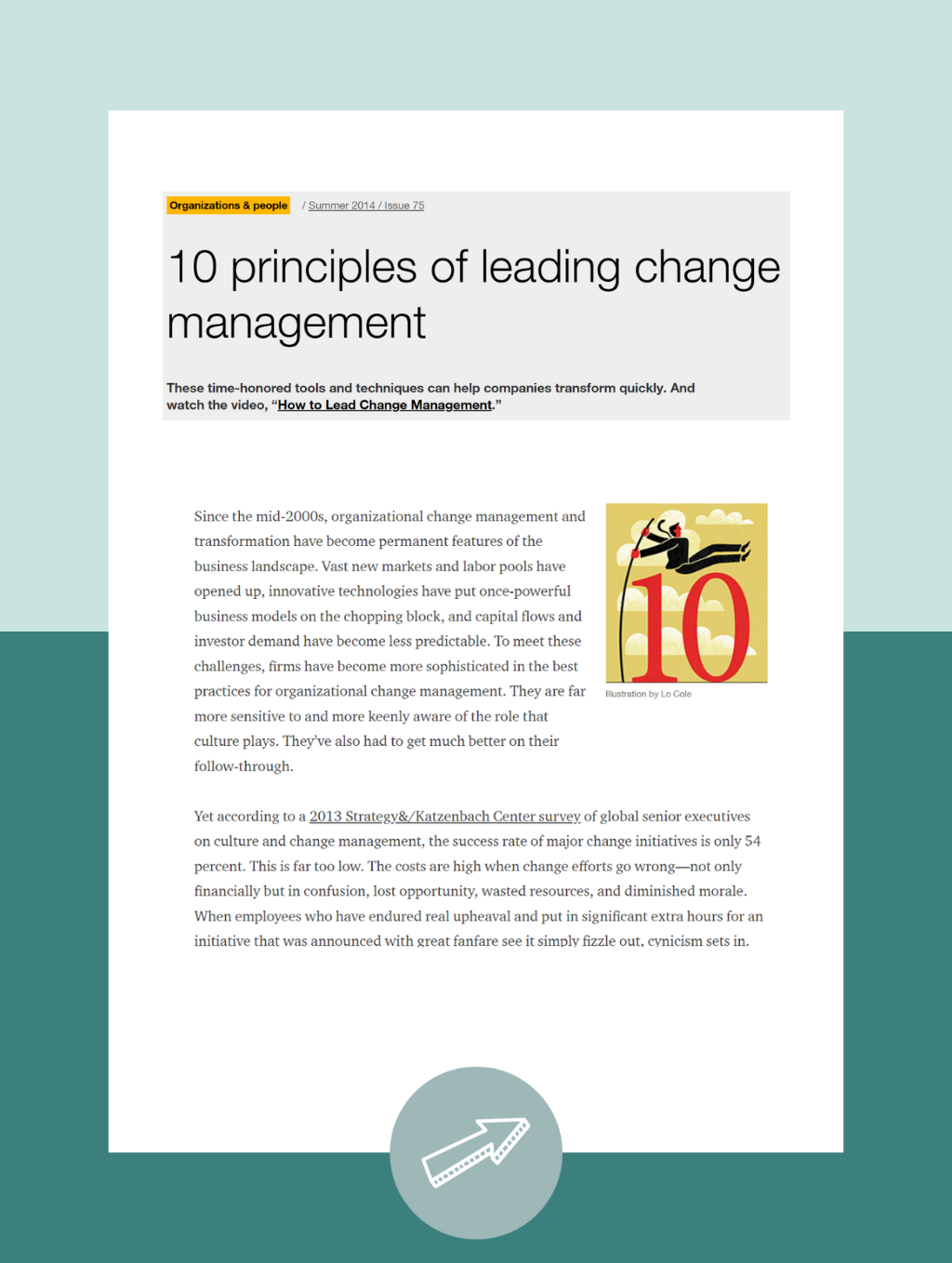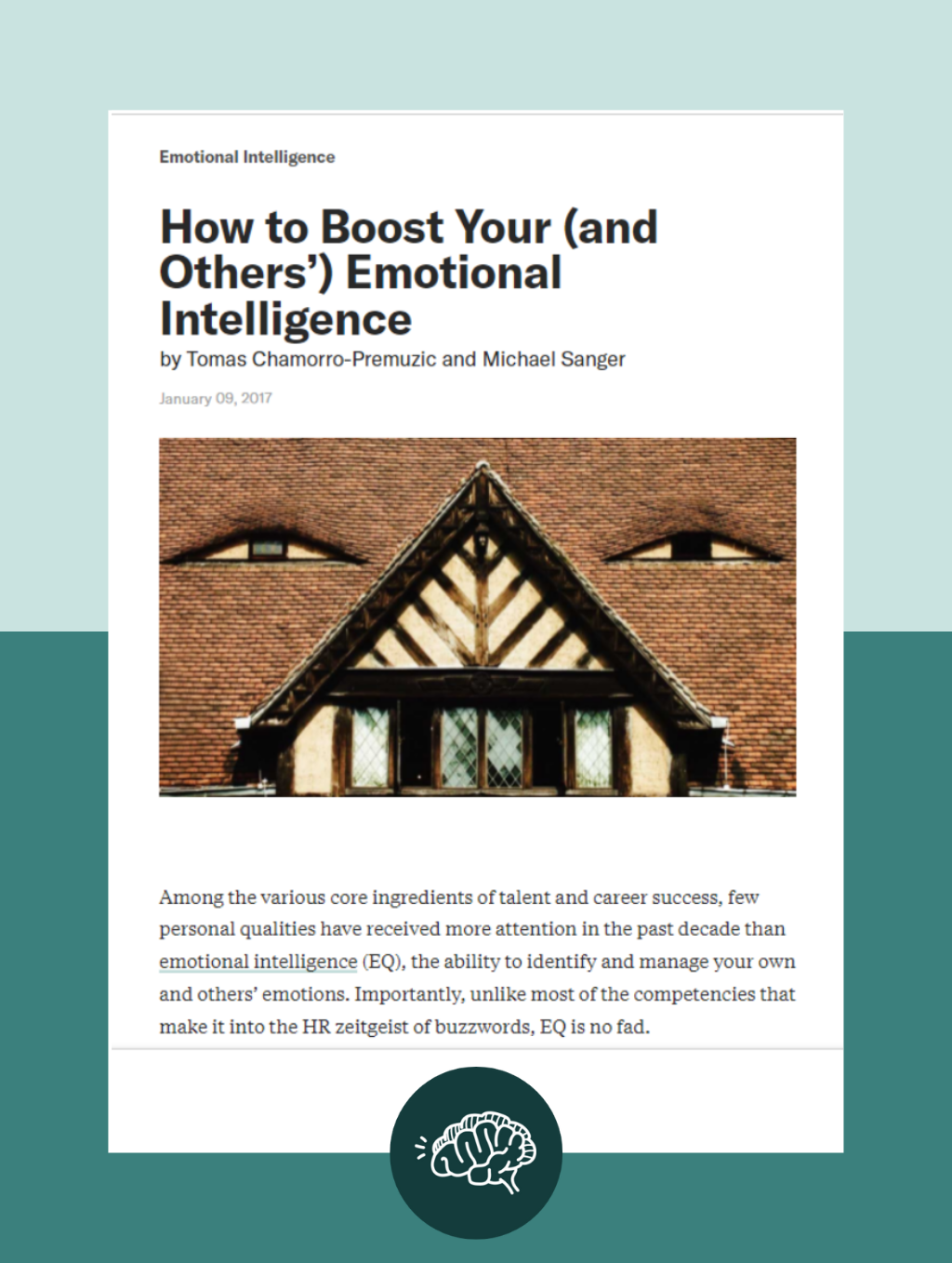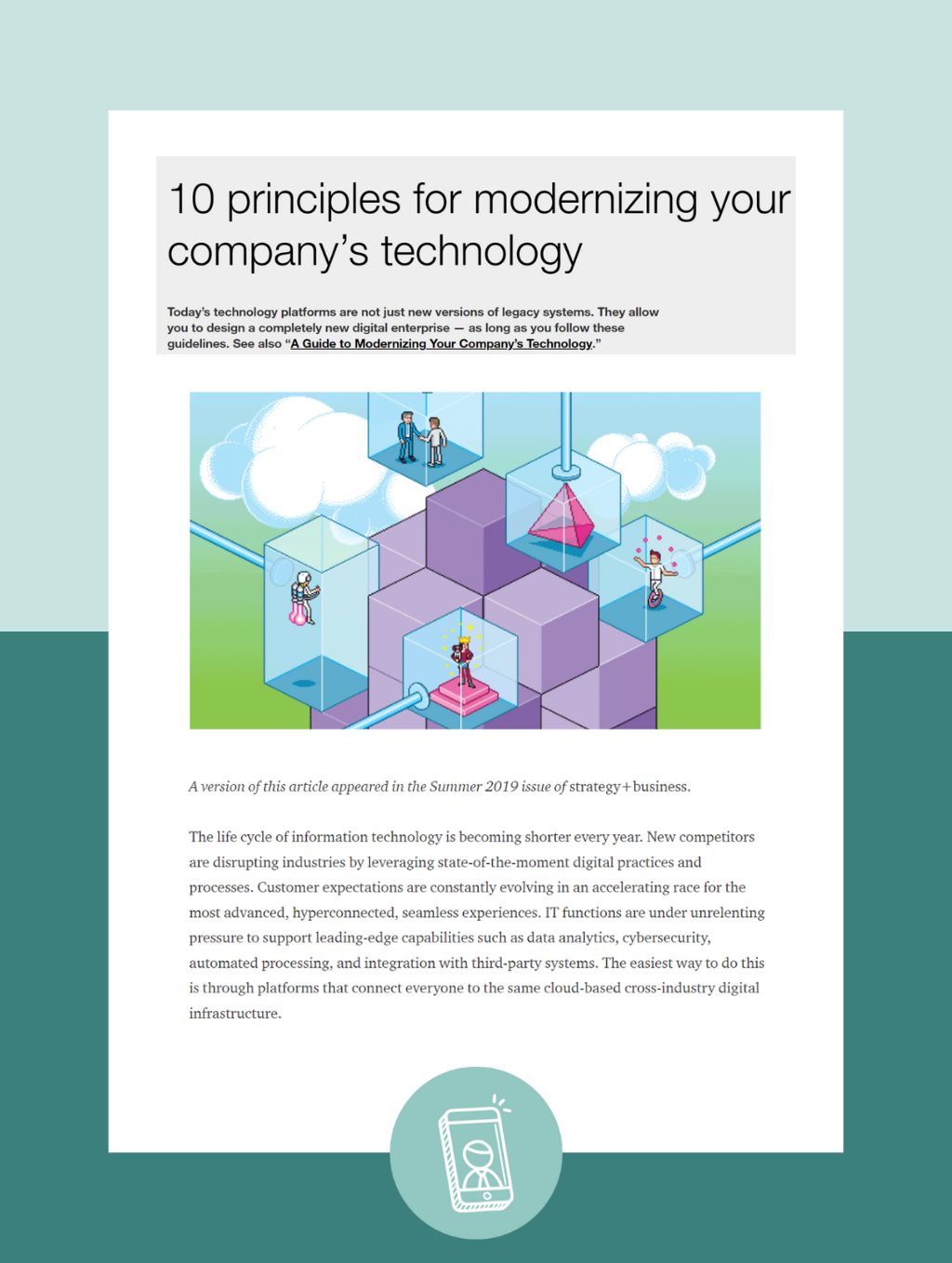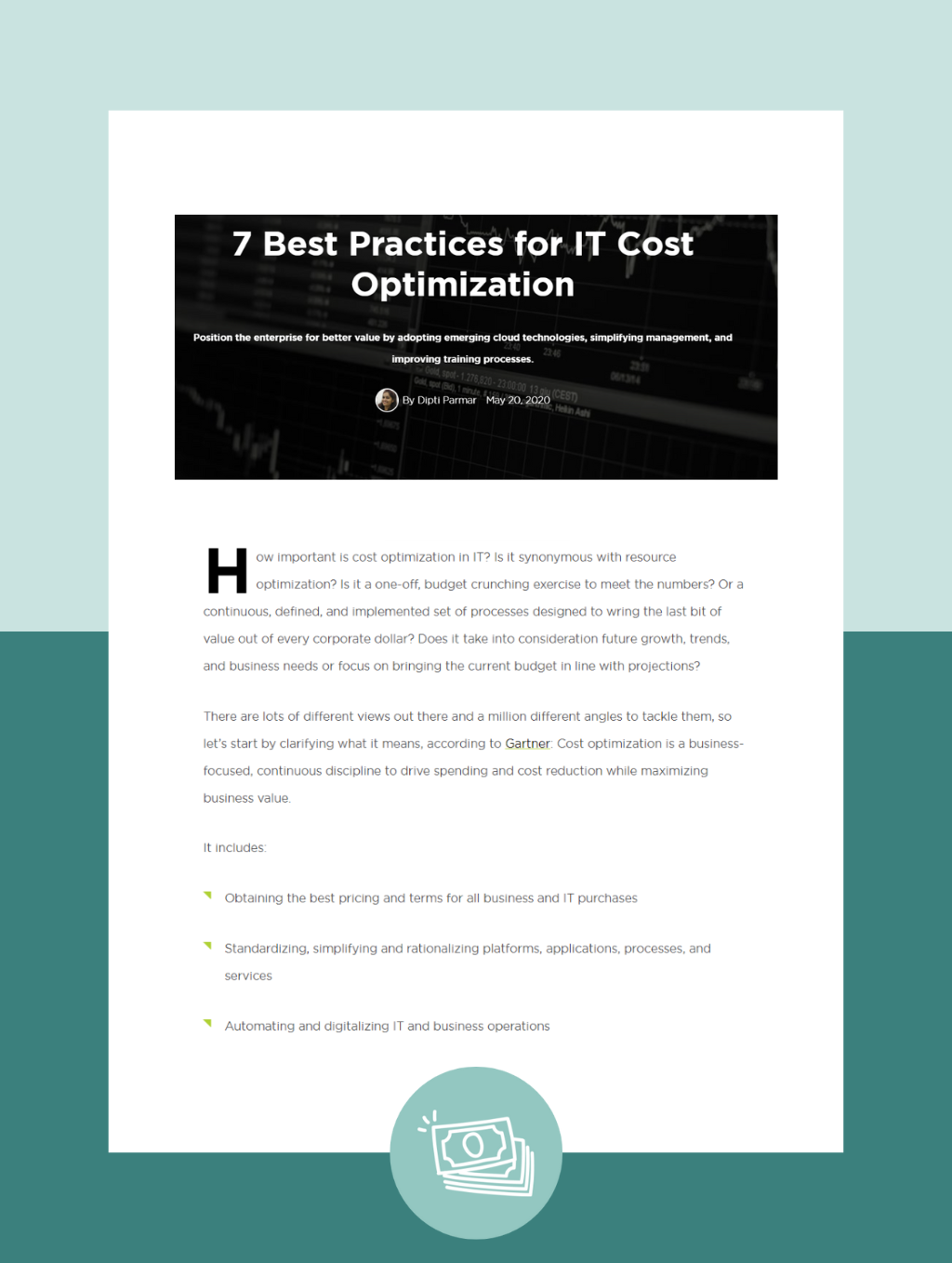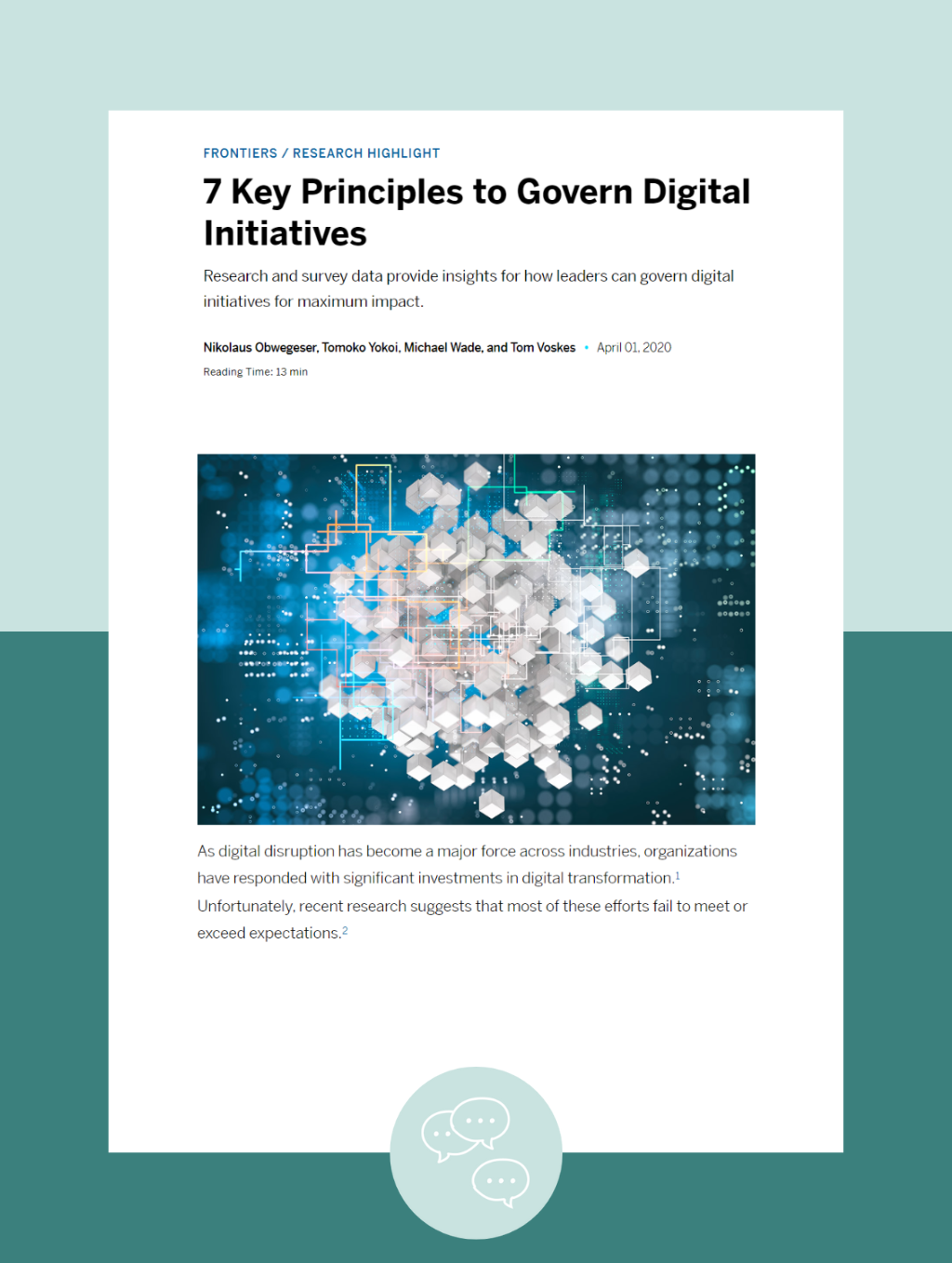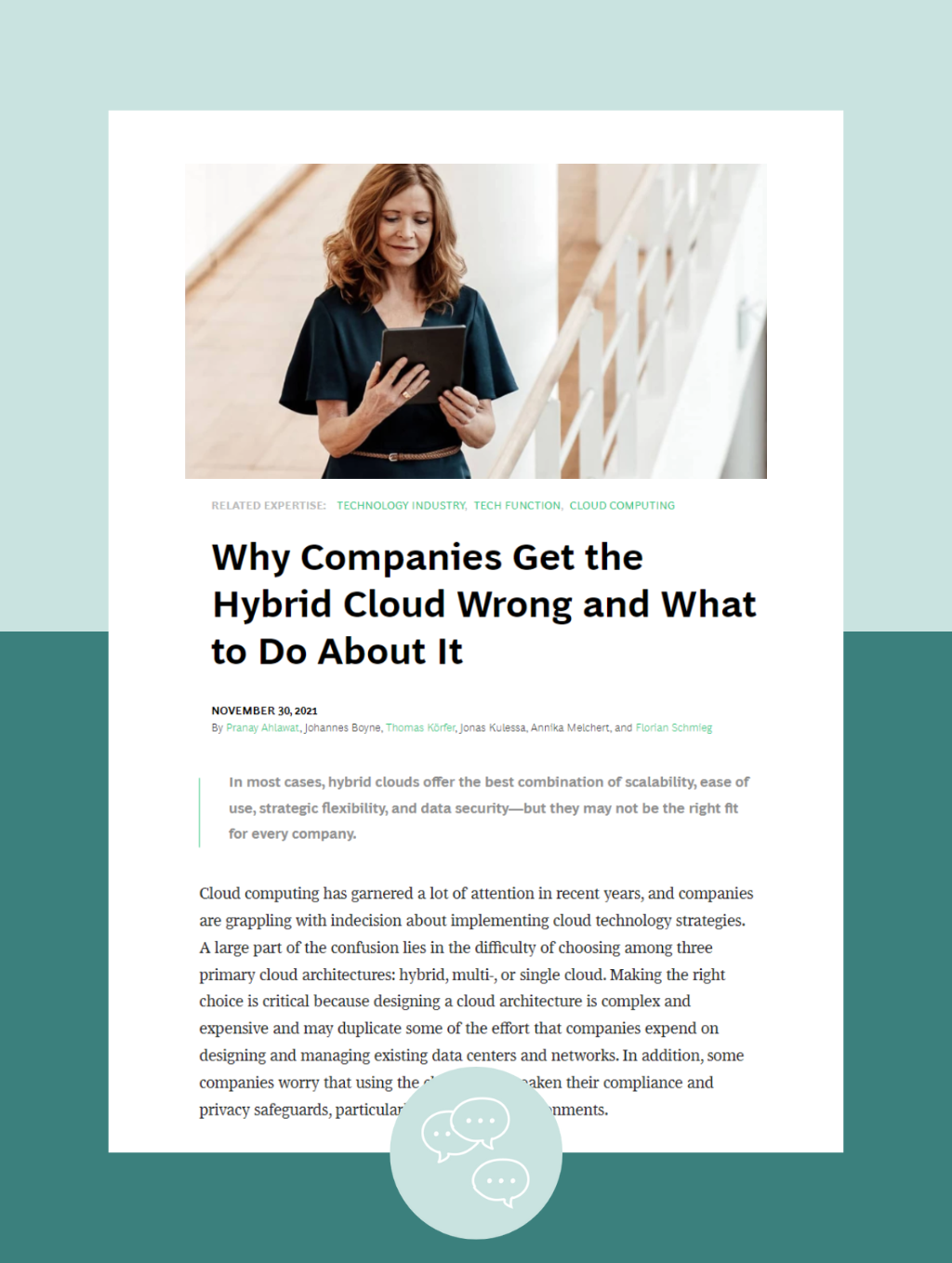Our leadership resource library below has been curated to support Executives in their own leadership development journey. These resources align with our proprietary leadership diagnostic model (above) which focuses on 9 leadership competencies. Simply select the competency you are looking to explore and then simply click the “lean more” tab to access the full set of resources against that competency. Click “Learn more” to access all the resources in each competency. OUR EQIQ MODEL OVERVIEW
Impact & Influence:
“The ability to persuade or convince others to support an idea, agenda or direction is now (more than ever) a critical requirement of a modern technology leader.”Leading Through Ambiguity:
“At its simplest, ambiguity is a lack of clarity. Leading through ambiguity means being able to make decisions and work towards plan even without all the information in place.”Simplifying & Reducing Complexity:
“This is two-fold: 1. Mastering complexity through simplicity: One of the biggest challenges facing senior IT leaders is the ability to simplify complex issues by breaking them down into smaller, solvable problems while also designing business and IT operating models that are scalable and sustainable. 2. Using simple language: Creating a simpler narrative around complex issues so people can follow your ideas.”Change Management:
“Around two-thirds of large-scale transformation efforts typically fail. Even though the majority of these are heavily technology biased, it is very seldom that it is the technology itself that fails but, rather, the ability of the organisation to absorb the complexity and change (culture, process, capability, etc).People Leadership:
“Successful organisations need IT leaders that are able to move dynamically “up and down” the gears, combining strategic visioning at times with a “hands-on / drive for results” style. Someone who can create and maintain a performance culture based on trust and mutual respect.”Emotional Intelligence:
“Business and the demands they place on IT are very dynamic, not just economically but also socially, where the fabric of the organisation is rapidly evolving due to globalization and other influences. IT has often been viewed as a function made up of highly (IQ) intelligent people, but to successfully navigate and influence organisational change, it is critical for senior IT leaders to be sensitive to the emotional aspects of their transactions with people.”
Modern Technology Adoption:
“Digital transformation is not simply an option or an issue purely for IT and marketing teams. The impact of digital disruption is increasingly evident as the power of innovative new technologies transforms competitive landscapes.”
Driving Commercial Outcomes:
“Commercial leadership in IT is no longer only about reducing cost or delivering things where there is a quick ROI; it is an awareness and understanding of what your company needs to do to be profitable, successful and serve its customers well. Technology now has the potential to create new routes to markets / even creating new markets and business models.”
Enterprise IT Leadership:
“While Senior IT leaders are increasingly required to contribute to the overall business agenda and the digital vision, it is equally important that they retain a deep understanding of the modern enterprise IT agenda.”

